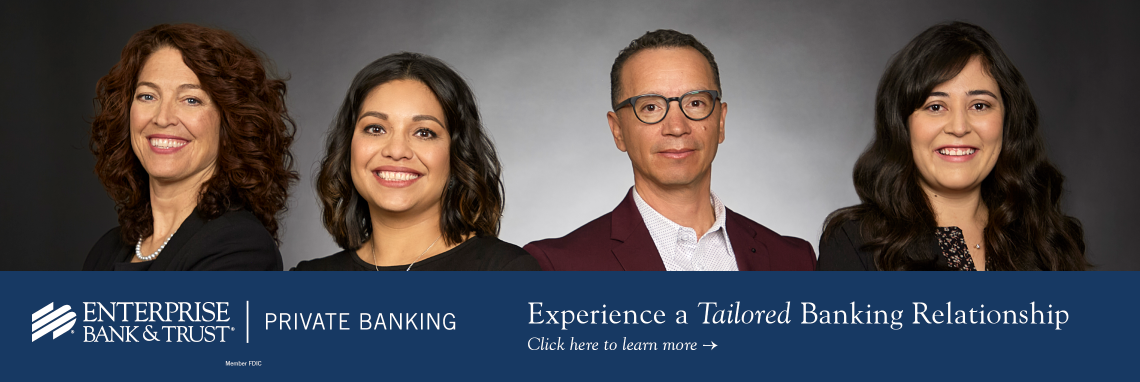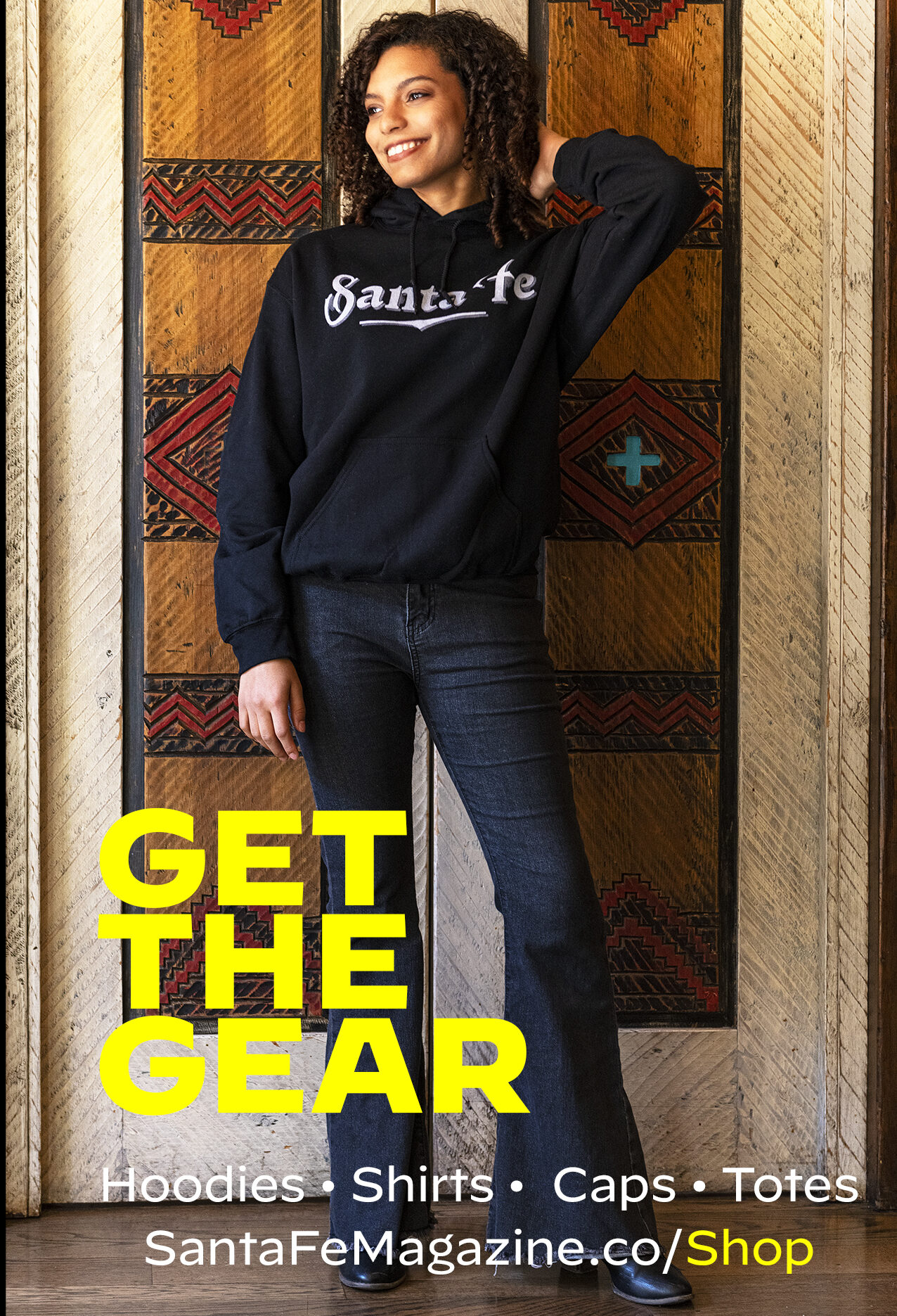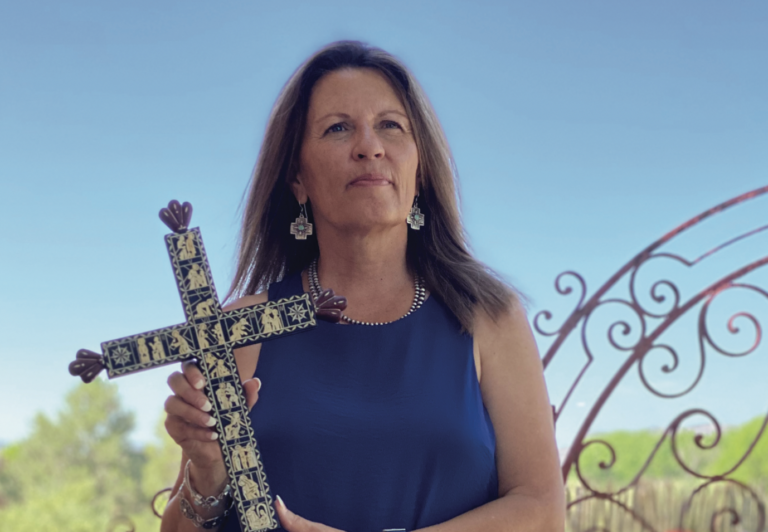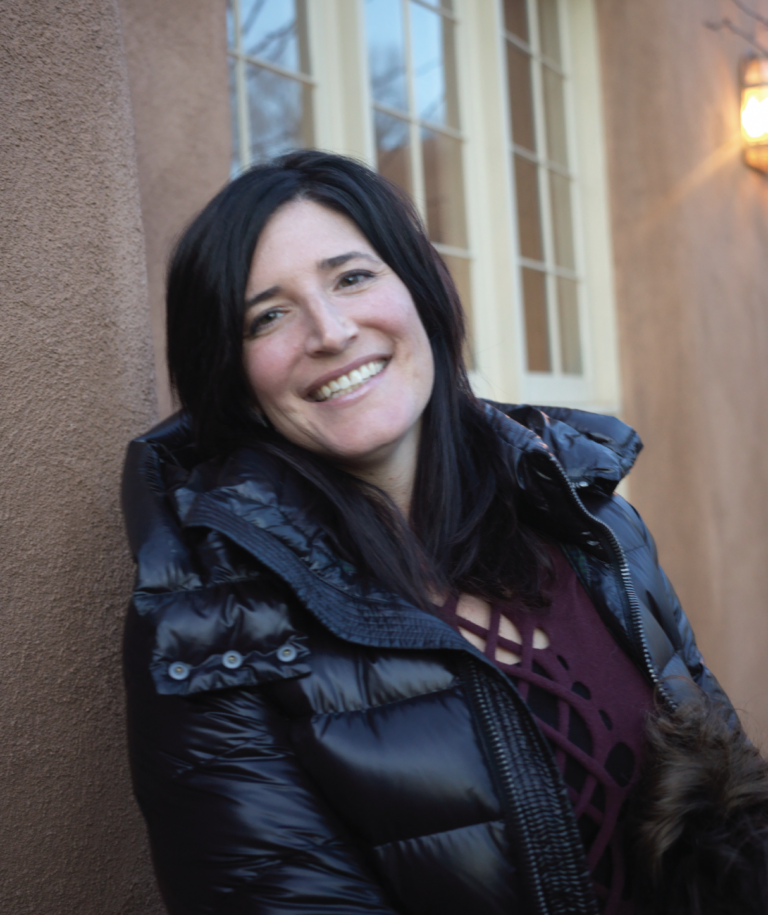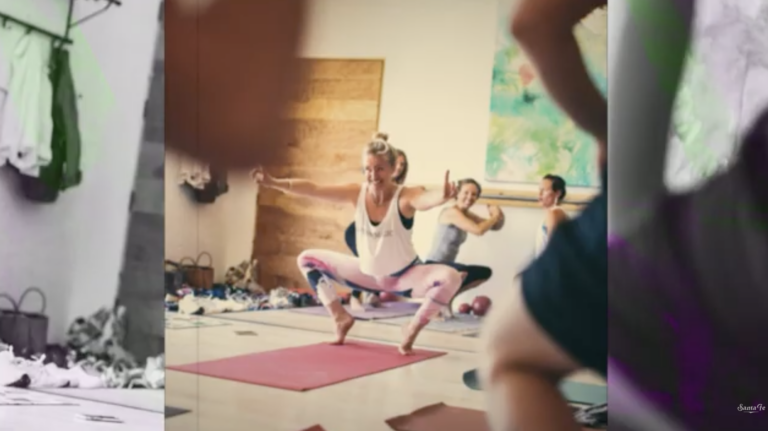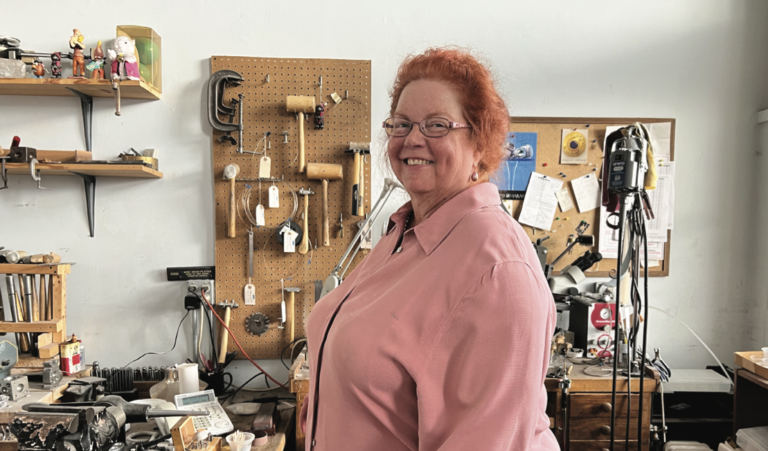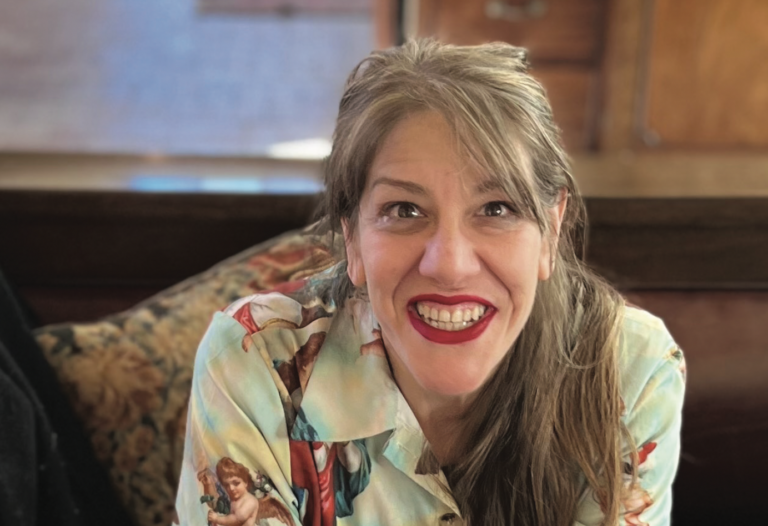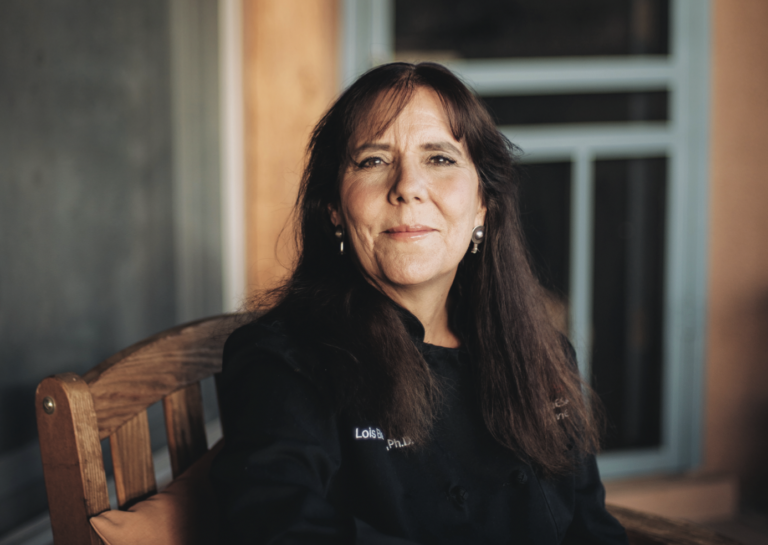FOR A COUPLE who, between them, have a wide variety of skills, these two seem altogether comfortable with almost la-la happenstance: improbable meetings and random associations, as if they are trying to figure what they are doing as they were already doing it.
It is amusing to observe them talking to each other. You feel like you are privy to something very much like their actual thinking process. But their insights are as sharp as the world they create for Santa Fe, whether in architecture, healthcare, landscaping, design or even a restaurant.
How did you two meet?
Andres: We were both born and raised in Buenos Aires and we met in our late 20s. My sister threw a party and I would say that we saw each other and fell in love.
Solange: I was dressed as Cleopatra.
Andres: It was a costume party. I was Sinbad the sailor.
So you had a Romeo and Juliet moment.
Andres: Yep, it was like love at first sight.
Did you both know this was it?
Solange: I don’t know. We were very busy.
Andres: When I saw her, I knew.
You got married?
Solange: Yeah, We love Buenos Aires, but we were done with Buenos Aires.
Andres: We were tired of the big city.
Solange: I finished my degree from the University of Buenos Aires, Urbanism, Design and Architecture as a landscape architect. Then I got this opportunity to do an international internship in Albuquerque on landscape architecture. I told him, I think it’s time for us to go to the States. And my sister was a physicist in Los Alamos. We had always wanted to live in Santa Fe.
When we moved here, I started going to Plants of the Southwest because I was fascinated with the Native Plant Society of New Mexico. Buenos Aires was not in that movement yet. Today one of my best friends is the founder of the Native Plant Society, the owner of Plants of the Southwest. I started to understand what is native and why it’s so difficult to grow natives. It’s fascinating to understand after all the dry, hot, cold, wind, snow, things survive like nothing happened. That was my first thing. What resilience.
You were fascinated by the survival aspect?
Solange: I am fascinated with resilience.
Give me an example of one of your landscape projects.
Solange: We designed the landscape for the underpass connecting Baca with the Railyard. We worked with artists, we worked with the engineers, we told the story. We interviewed a lot of bikers in town and they were saying people make big mistakes, especially landscape architects. People needed just to cross safely, to get to Baca. And the bikers always told me, A to B when you’re in a transportation line need to be just a straight line.
We call it the link. It’s a connectivity, a connection, a link. That was the story. It was all about listening to the people.
You’ve also designed the Trailhead complex around Cafecito. Why have you been so successful in landscape design?
Solange: I don’t know. I like to connect.
Andres: Can I say it? Because she won’t say it.
Yes, husbands are allowed to say it.
Andres: She has an incredible talent interpreting what the land needs, putting that together with the people that will be making use of it.
When you say what the land needs, what do you mean?
Andres: Respecting the original condition of what was there. Not flattening and doing something from scratch. Keeping the identity of what was there originally and creating an elevated use.
Andres, what do you do?
Andres: I have always been very familiar with computers and programming. That was not my formal education, more of a hobby education. I developed a software for behavioral health and that’s become my main business. And then with Solange, we both collaborate in real estate development.
How do you like working together?
Solange: Actually, it’s funny. We are together, but not always working together. And we are old fashioned. We’re still on the phone a lot and our kids say, why do you need to talk on the phone? Everything is text! But we’re still a better couple on the phone.
Andres: We do things together, but we are not sitting together during the day. We collaborate a lot, but we’re not like sharing the same desk or the same table.
Solange: Sometimes we say, okay, let’s go get a coffee and make our list together, or what are you working on?
And you have Cafecito.
Andres: That was an accident. But one that we learned to love.
How did the accident occur?
Andres: When we developed the restaurant, we had a tenant, but the relationship didn’t work out and we didn’t want to have another tenant because this is the space where we live most of our life, and we wanted the space to be 100% friendly, community oriented, like a neighborhood hub. And we thought, if we want that to happen, we will have to do it ourselves. Then we said, let’s just do a little coffee shop, a coffee machine and sandwiches.
We never expected to run it, but we were influenced by our family in Buenos Aires. They’re very successful in the restaurant business. And they said, oh, you should just open a restaurant. They said it like it was an easy thing to implement. They even came and helped a great deal, and then they left, and we realized like, this is way more complicated. So we have had two choices: Close it or push it through.
Solange: Being resilient like the plants. We took that resilience and said, I think it’s gonna be a great life lesson if we push this through.
Did you have any experience in this?
Andres: Zero. What they say is like, oh, I know a lot about restaurants. I’ve eaten in many of those. But it’s a totally different thing. We did discover, without knowing it, that we do have hospitality skills at heart.
Hospitality, as you define it, is what?
Andres: Caring for the other person that is relating to you through business. Doing everything as if it really matters.
The Trailhead development around Cafecito also has Airbnbs and small businesses. It sort of feels like an organism.
Solange: Yes, exactly. The whole thing is sustainable, resilient.
Andres: The idea was multi-functional. It’s not just one thing. So we’ve done business offices, restaurants, short-term rentals, long-term rentals. There’s a little bit of everything, and by bringing all of them together, they nurture each other.
Do you feel like it’s a community within what you’ve created?
Solange: Oh yeah. The people who work here go to the restaurant. The people who rent, they’re long-term businesses.
Andres: It is an inter-woven relationship between everybody.
Solange: This was a compound here originally in 1949. There were all these industrial buildings, and a cabin that was part of the Chile line. We rebuilt the compound because Santa Fe was all about compounds. It’s funny – now everybody is afraid of high density, but there was more high density before. Anyway, in developing it, we stayed true to it’s history.
Is this your art?
Andres: That is a beautiful way to see it. I never thought about that.
Learn more at TrailheadSantaFe.com
Photo SFM

